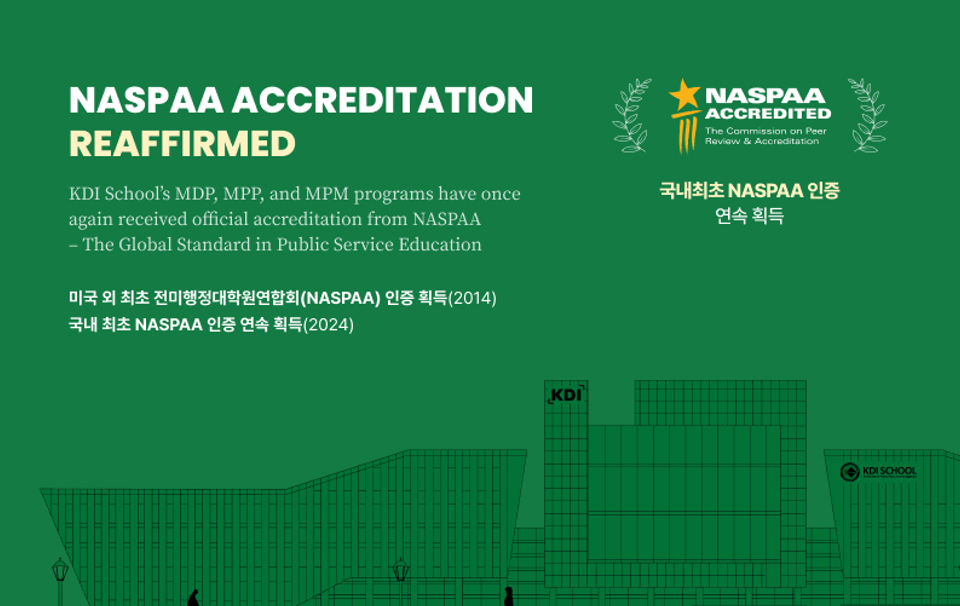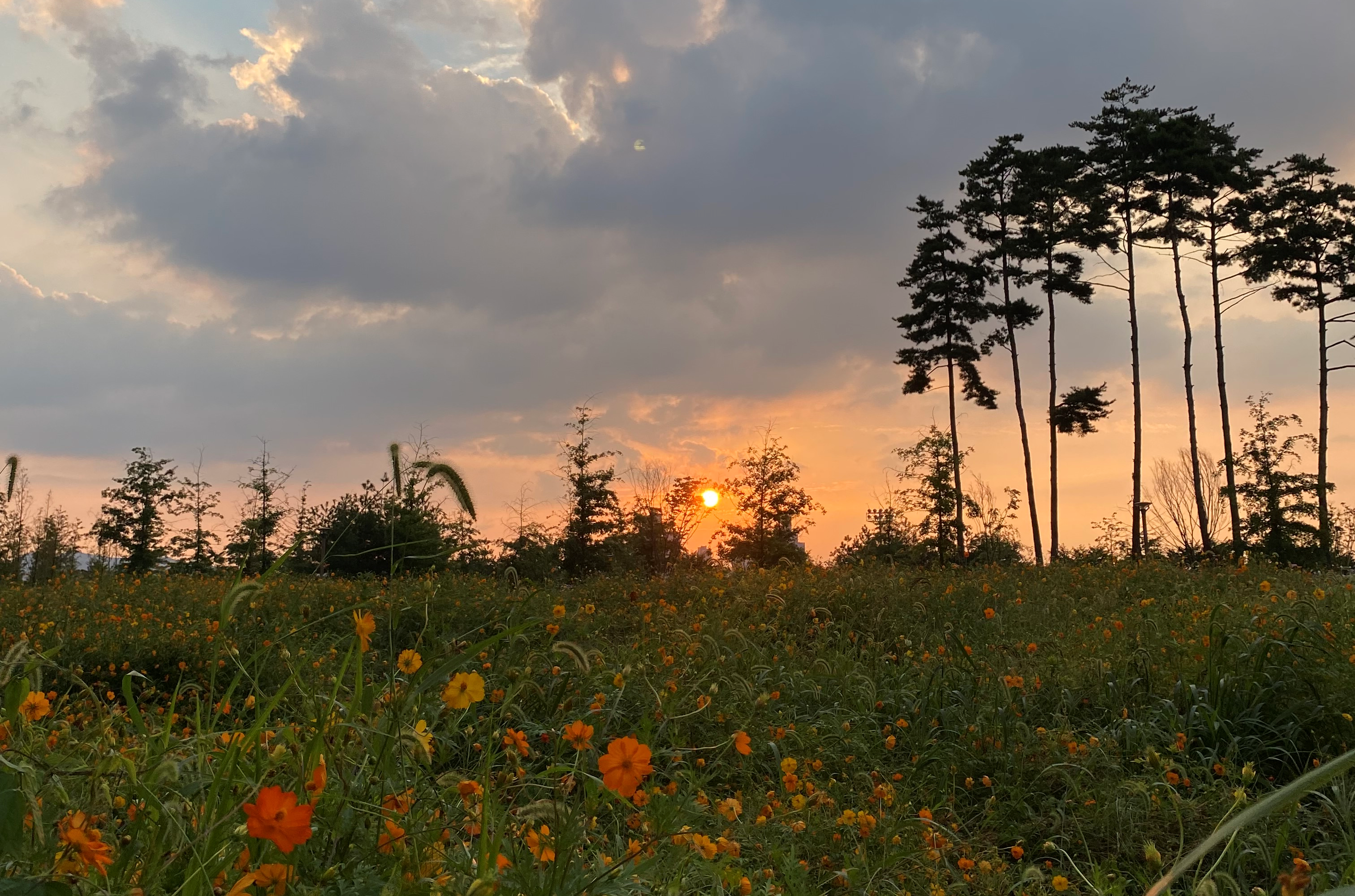
World Ceramic Biennale 2005
- Date 2005-08-01 05:43
- CategoryNews
- Hit2050
Refreshed from a well-deserved Spring Vacation, the 2005 Summer Term began with a cultural trip outside of Seoul. On June 11th, students departed to partake in the 3rd World Biennale Ceramic, one of the unique events offered here in the land of the Morning Calm.
The first place to visit was the city of Gwangju in Gyeonggi Province, the home of the royal kilns. These kilns were established by the Joseon dynasty and operated for 400 years. There we saw an exclusive collection of ceramics, dating all the way back from the Joseon dynasty. Joseon lifestyles exuded a spirit of simplicity and frugality, and these traits were shown in the making of their craftsmanship. We felt this peace and harmony in all of the Joseon masterpiece ceramics, a lasting legacy of enormous cultural value to Koreans and the world.
Leaving Gwangju and the old citadel of buncheon ceramics, we moved to the 2nd half of the tour, the Incheon World Ceramic Center. Located at Seolbong Park, the Center was established as an international partnership to introduce the evolution of contemporary ceramic art. Nestled where the park’s hills and lake make for a beautiful view, the site also hosts many activities for the development of the world’s ceramic culture.
The most interesting and enjoyable time of our trip came when we had the opportunity to make our own ceramics. We too were able to feel the passion of a potter who is committed to making something special. It was very enjoyable to experience coiling (forming ceramic ware by coiling long rope of clay until the desired shape has been attained) and wheel-throwing (shaping ceramic ware by placing a ball of clay in the center of a rotating wheel and forming it into the desired shape).
We felt the warmth and energy Koreans had towards their arts and homeland. Their passions for both suggested that ceramics are helping to guide the way to a more beautiful society by every measure.
Since the dawn of Korea’s history, clay has always been highly regarded. Some held that the very origins of life were contained within. The Chinese character for earth is “gi”, which is a combination of “To” and “Ya”, creates the name of the country’s adorable mascot. With a hemisphere head, TOYA symbolizes for “open mind” and “open head”. Marvelous head of TOYA is full when it is delivering the dream of human being and empty when is unveiling that dream to other.

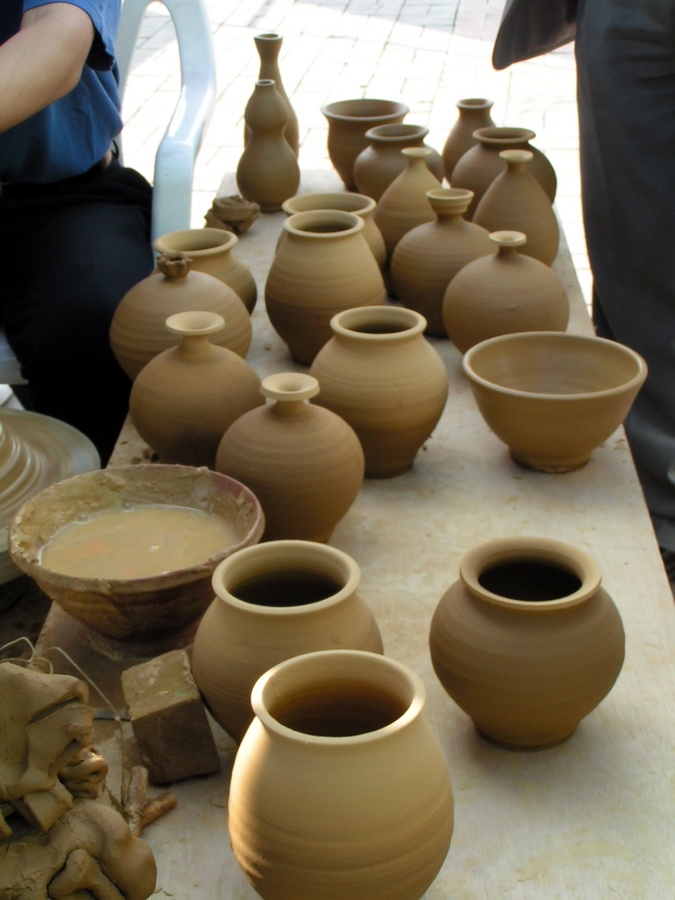
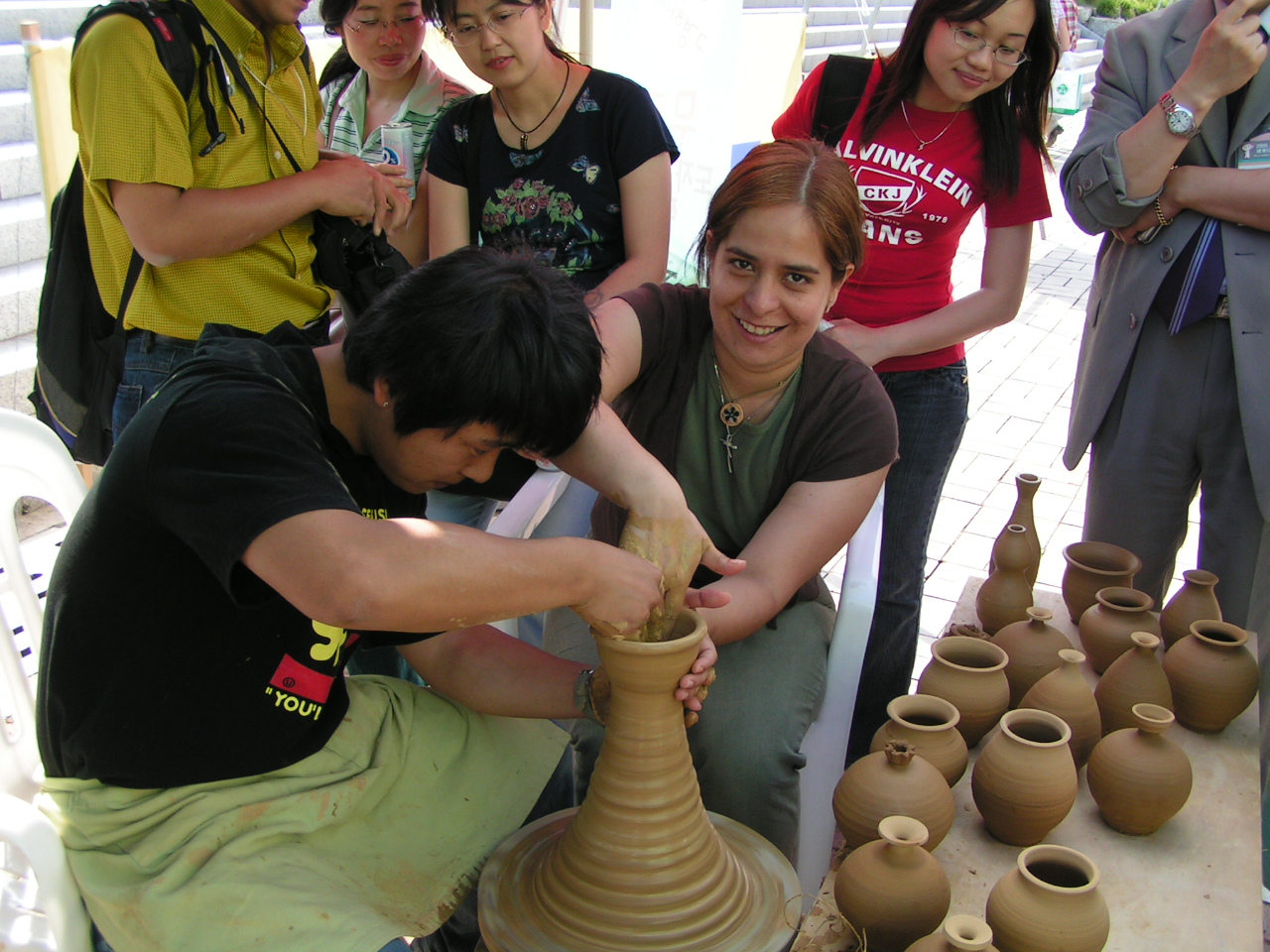
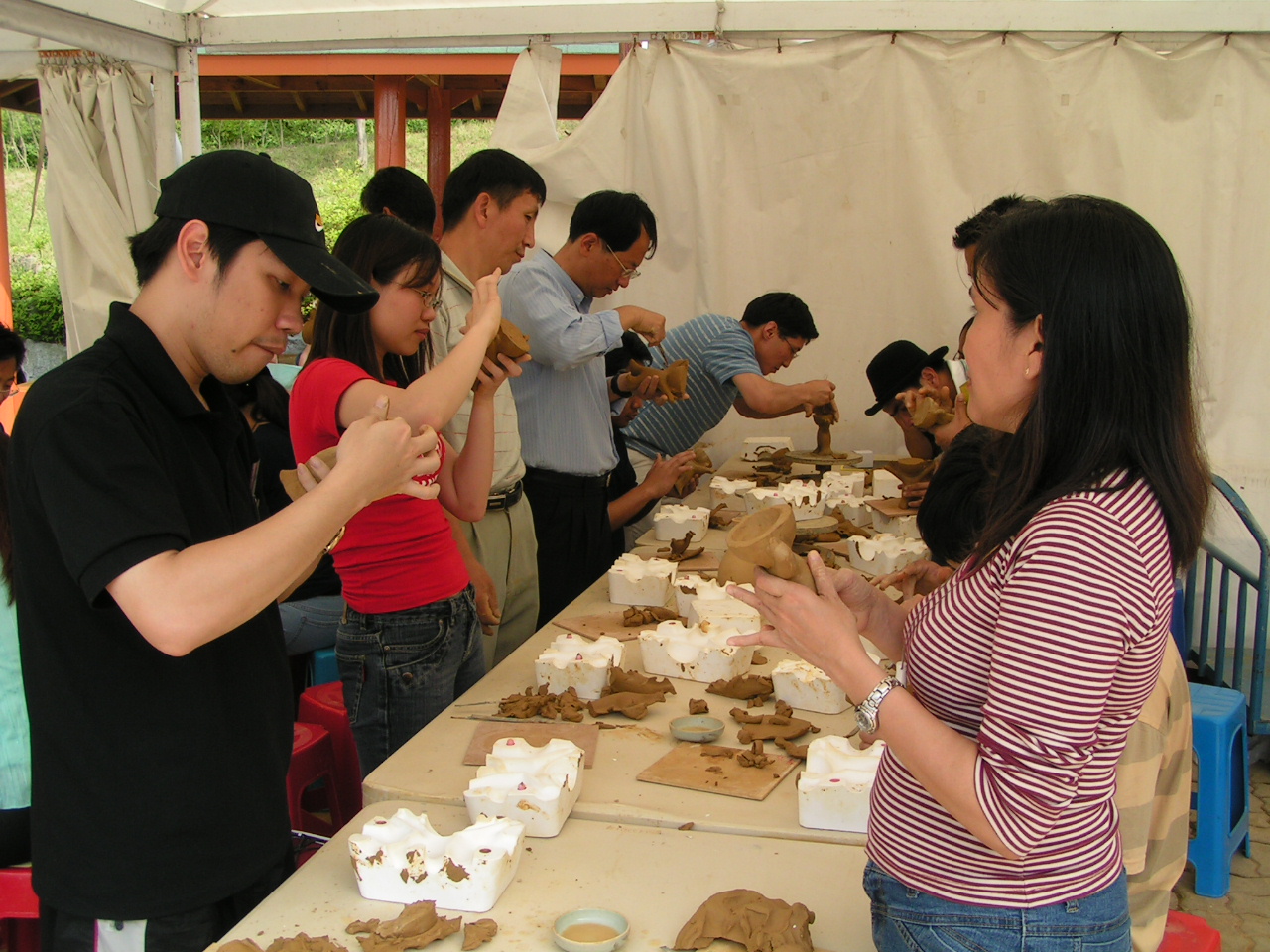
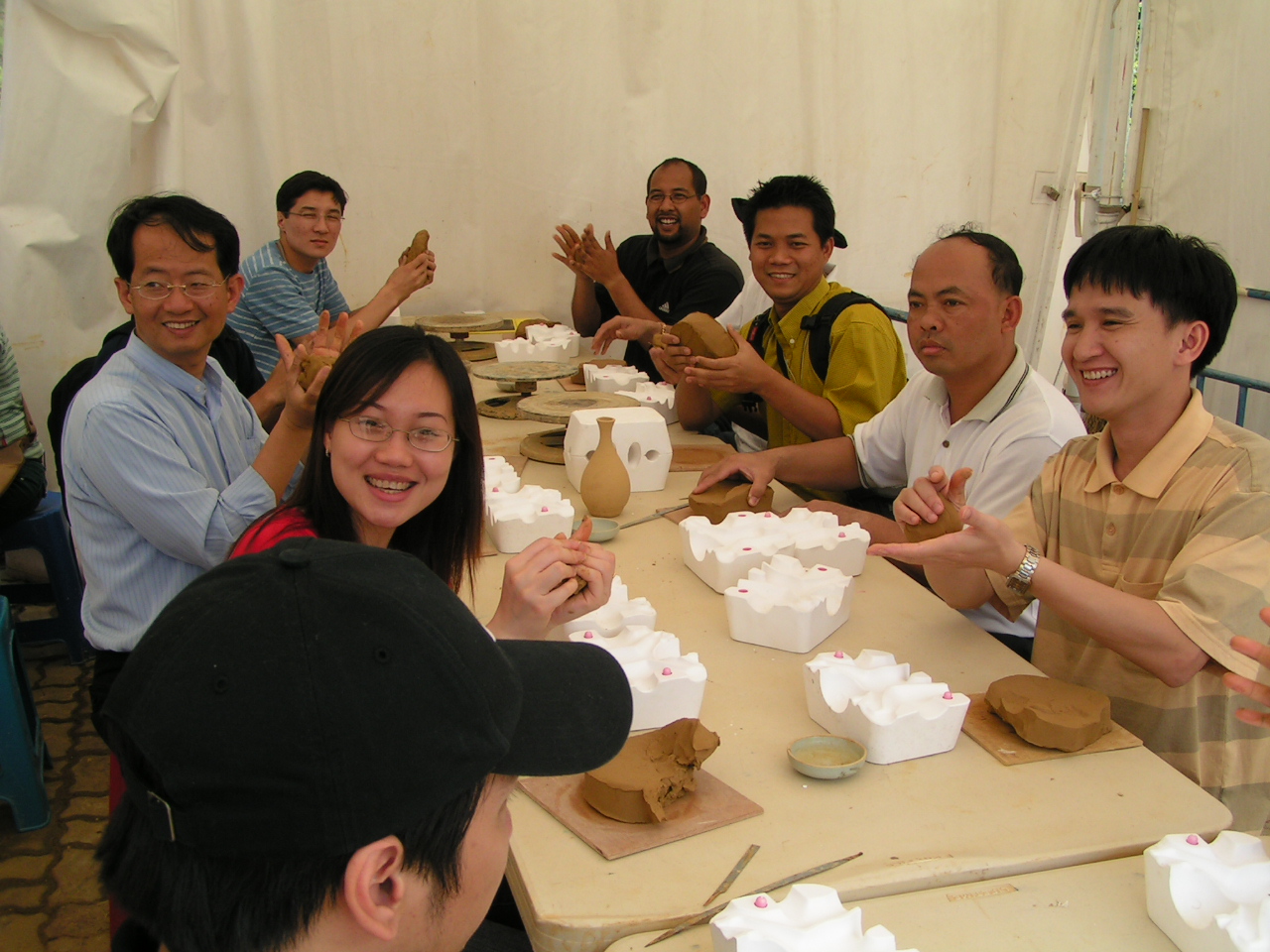
By Hieu Thi Minh VUONG (2005 MPP)
Related News
No Contents.

